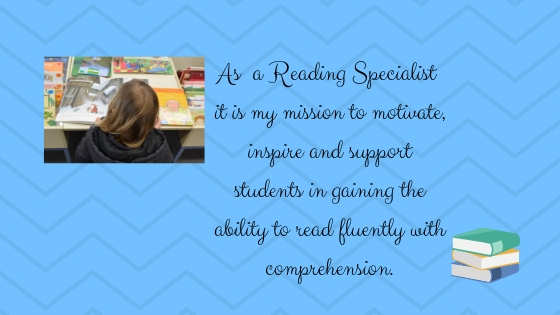
Dyslexia Defined
Dyslexia, we have heard the term and understand it is a disability, but what do we know about it. Dyslexia is a language-based learning inability. Dyslexia refers to a bunch of symptoms, which result in individuals experiencing issues with language abilities, especially reading. Dyslexia can make it exceptionally troublesome for a student to succeed scholastically in the instructional setting, and in its more serious structures, can qualify a student for a custom curriculum, or additional help (Dyslexia, 2017).
What causes Dyslexia
The video documentary The Big Picture Rethinking Dyslexia stated that on the left side of the brain we have a spot that allows people to read automatically. For dyslexic’s this is a manual working spot. There are no clear causes for dyslexia. Language is a code we learn to look at and convert it to sound and understanding. For dyslexics the code is not broken so easily. Being dyslexic does not mean a person is unintelligent it just means their brain works differently(2018).

Who does dyslexia affect?
As stated before dyslexia is a learning disability, but it is one that can affect many different types of people. According to the International Dyslexia Association, “perhaps as many as 15–20% of the population as a whole—have some of the symptoms of dyslexia, including slow or inaccurate reading, poor spelling, poor writing, or mixing up similar words. Not all of these will qualify for special education, but they are likely to struggle with many aspects of academic learning and are likely to benefit from systematic, explicit, instruction in reading, writing, and language (Dyslexia, 2017).” Foundations of reading is speaking which is made up of sounds. There are many different types of dyslexia and with each one they need to figure out what works best for them. Diagnosis will assist in this.

When should a person be diagnosed?
Diagnosis should be done early on for a child. This will allow them to get the assistance needed for them to be successful in understanding how to properly decode language. For some dyslexia is not diagnosed until they are older. There are steps in the diagnosis process and the International Dyslexia Association goes over them. They state that a student’s progress needs to be looked at and the school will try different methods of instruction that follow the Response to Intervention (RTI) (Dyslexia, 2017). For the students that seem to still struggle the school will suggest that they undergo a comprehensive evaluation.
Strengths of dyslexia

Dyslexia, again I state, is a disability but it is not one that defines a student as unintelligent. Dyslexic’s have been known to have a greater imagination, better vocabulary, great ideas and see things in a bigger picture. They are creative and can connect words to pictures. There may be failures for them, but the strongest and greatest people learn and grow from those failures. Dyslexia does not define a person it is just apart of who they are.
Resources
Dyslexia Basics. (2017). Retrieved November 11, 2018, from https://dyslexiaida.org/dyslexia-basics/
The Big Picture Rethinking Dyslexia. (n.d.). Retrieved November 10, 2018, from https://vimeo.com/85474890
